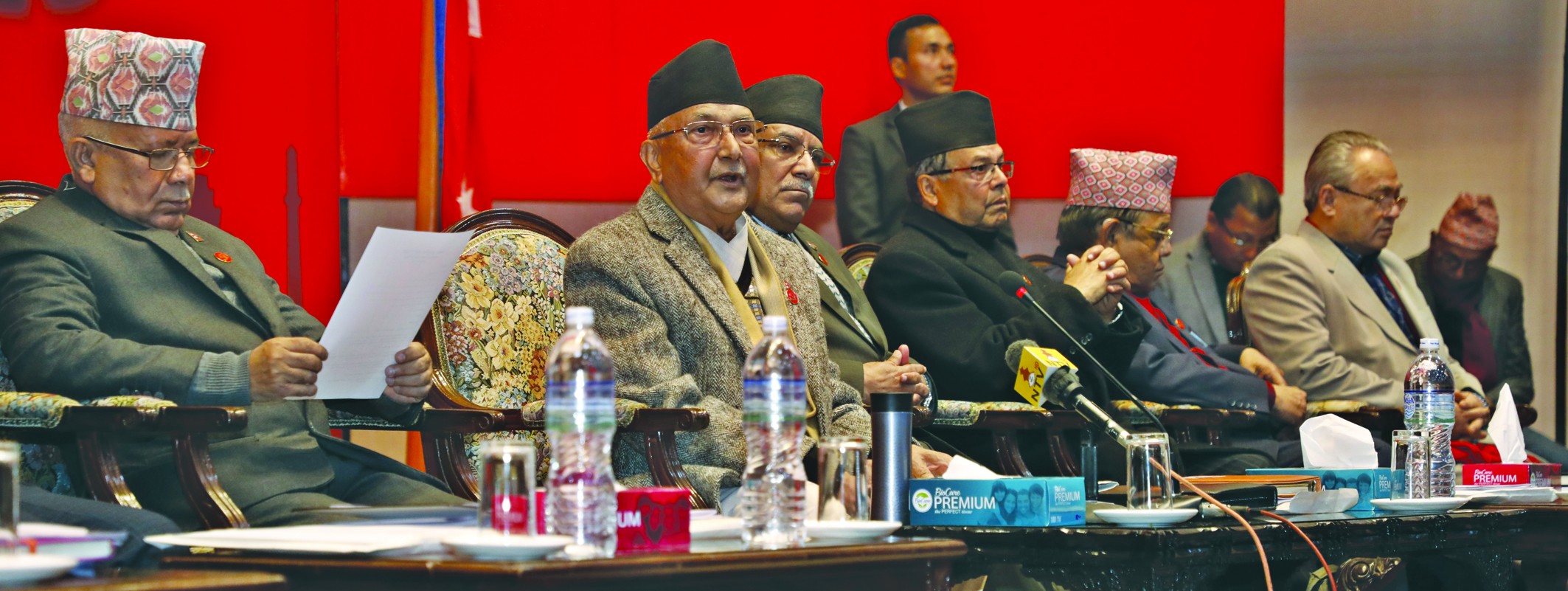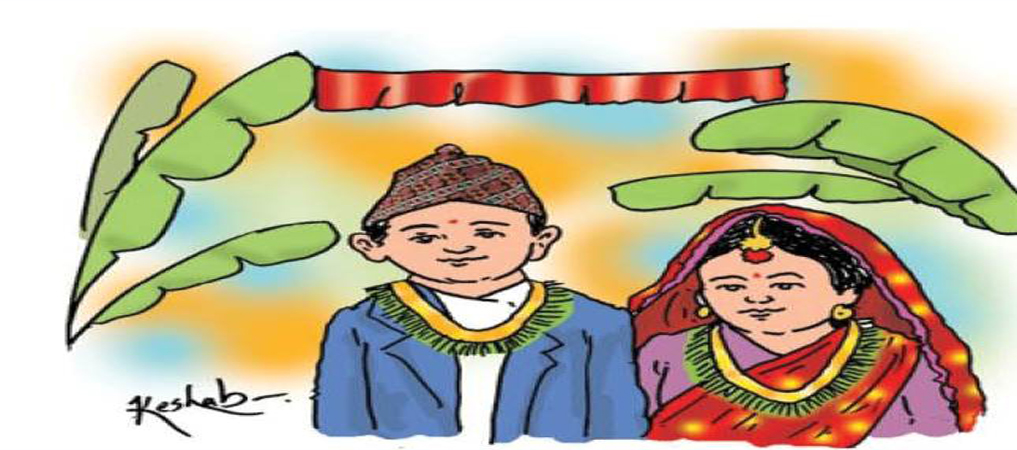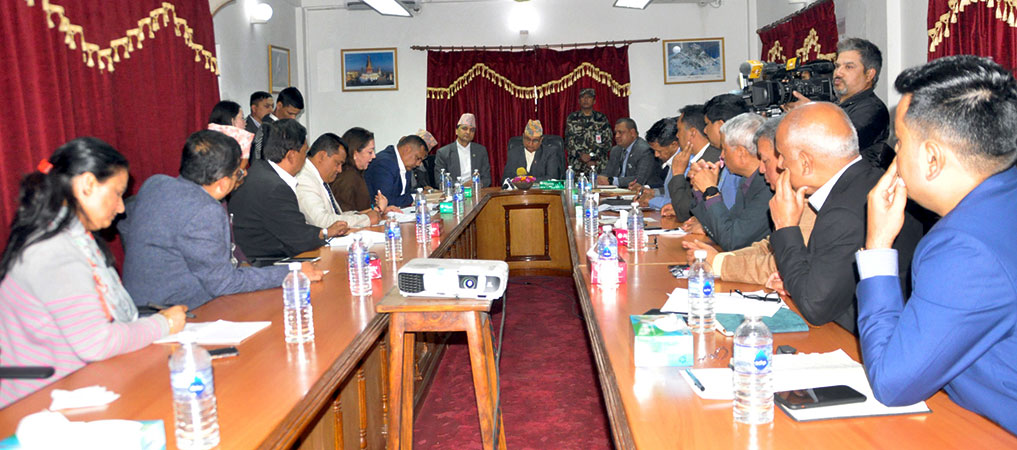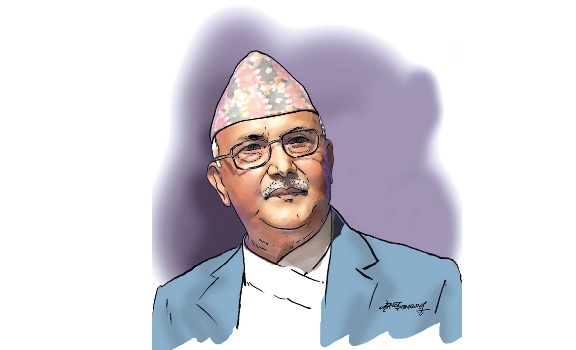Why are more men than women affected by COVID-19?

By Arpana Adhikari
Kathmandu, June 25: With the number of tests being accelerated, the country has lately witnessed a sharp rise in the confirmed COVID-19 cases.
Since the first case was confirmed on January 24, a total 10,728 COVID cases have been recorded in the country as of Wednesday.
According the Ministry of Health and Population, the number of males diagnosed with the contagion amounts 9,630, which is almost 89. 8 per cent of the total confirmed cases, while women account only 10.3 per cent, with just 1,098 cases.
This shows that COVID-19 has affected many more men than women in Nepal. The difference can also be seen in the death rate of men and women affected by COVID-19. Total 24 deaths have been reported in the county as of Tuesday, consisting of 19 males and five females.
Nepal is not the only country where COVID-19 has brought profoundly different outcomes for men and women.
The virus which infects people indiscriminately has differently affected males and females in the countries like China, Italy, USA and Australia, among others. The infection and death rates of men and women with COVID-19 are the most striking differences, the researchers have noticed globally, and Nepal is not an exception.
This pops up the question of why men are more vulnerable to COVID-19 and researchers have come up with various findings over the course of time. There is some evidence that claims men are more vulnerable to COVID-19.
Dr. Prabhat Adhikari, Infectious Disease and ICU Specialist, said why males are more susceptible to the disease has remained unknown, but research shows that a number of factors may be working against men in the current situation such as lifestyle, biological reasons and even immune system.
“When it comes to mounting an immune response against the viral infection of respiratory tract, such as common flu and influenza, men are the weaker sex, while women have a greater ability to fight against infections and diseases than men,” said Dr. Adhikari.
The reason behind women having a stronger immune system is not exactly known till now, he said, adding that but several biological reasons can be responsible for this.
The female sex hormone estrogen appears to play a major role in increasing female immunity and again women generally live longer than men, he added.
Dr. Sher Bahadur Pun, virologist at Teku-based Sukraraj Tropical and Infectious Disease Hospital, said, “There is no strong fact to prove that women have stronger immune system. However, women carry two X chromosomes, which contain immune-related genes while men, on the other hand, carry only one.”
And this might be the reason behind the men being more likely than women to contract the disease and to suffer severe or critical complications, said Dr. Pun, adding that studies are being carried out to figure out this phenomenon.
Dr. Adhikari said in the global context another reason behind more men dying and facing severe complications due to COVID-19 could be smoking habits. However, in Nepal the prevalence of smoking among adult females is much higher.
A study published in the European Heart Journal in May has revealed that men’s blood has higher level of a key enzyme (Angiotensin-converting enzyme 2 (ACE2) found in the heart, kidneys and other organs.
ACE2 is a receptor on the surface of cells which
binds to the new coronavirus and allows it to enter and infect the cells.
According to the study published in the Annals of Internal Medicine, other major coronavirus outbreaks such as the Severe Acute Respiratory Syndrome (SARS) of 2003 and Middle East Respiratory Syndrome (MERS) of 2012 also killed more men than women.
While the number of people infected is almost equal globally, it is the women who have a comparatively higher survival rate than men.
However, the number of males diagnosed with contagion is much higher in Nepal, which amounts almost 95 per cent of the total confirmed cases.
Commenting on this, Dr. Basu Dev Pandey, Director of Epidemiology and Disease Control Department (EDCD), said the majority of those diagnosed with COVID-19 were migrant workers who returned home from corona affected countries like India and Gulf countries.
“Because the number of migrant workers is predominately male, there is a lesser number of female diagnosed with the virus,” he explained.
According to him, almost 92 per cent of the total infected belonged to economically active age group between 15-45 years.
However, Dr. Adhikari believed that the number of men diagnosed with the infection is much higher because the polymerase chain reaction (PCR) testing is being carried out only among those returnee migrant workers and symptomatic patients.
The silent hosts of coronavirus might have spread the virus among their family members and at the community level, he said.
“There is no evidence to prove community transmission of COVID-19 in Nepal but it could have gone into broader population. So the government must scale up COVID testing within the community level, to understand the larger picture of the sex bias in COVID-9 contagion,” said Dr. Adhikari.
Recent News

Do not make expressions casting dout on election: EC
14 Apr, 2022
CM Bhatta says may New Year 2079 BS inspire positive thinking
14 Apr, 2022
Three new cases, 44 recoveries in 24 hours
14 Apr, 2022
689 climbers of 84 teams so far acquire permits for climbing various peaks this spring season
14 Apr, 2022
How the rising cost of living crisis is impacting Nepal
14 Apr, 2022
US military confirms an interstellar meteor collided with Earth
14 Apr, 2022
Valneva Covid vaccine approved for use in UK
14 Apr, 2022
Chair Prachanda highlights need of unity among Maoist, Communist forces
14 Apr, 2022
Ranbir Kapoor and Alia Bhatt: Bollywood toasts star couple on wedding
14 Apr, 2022
President Bhandari confers decorations (Photo Feature)
14 Apr, 2022










